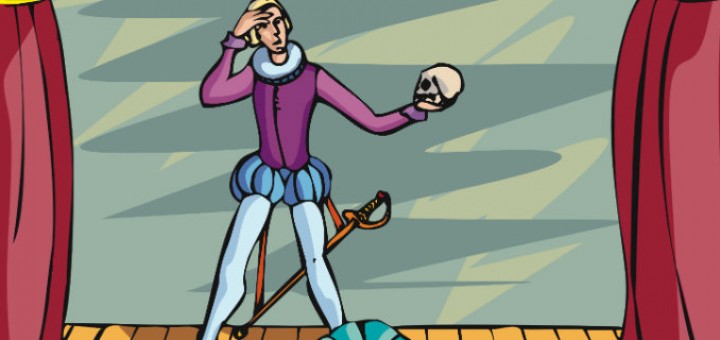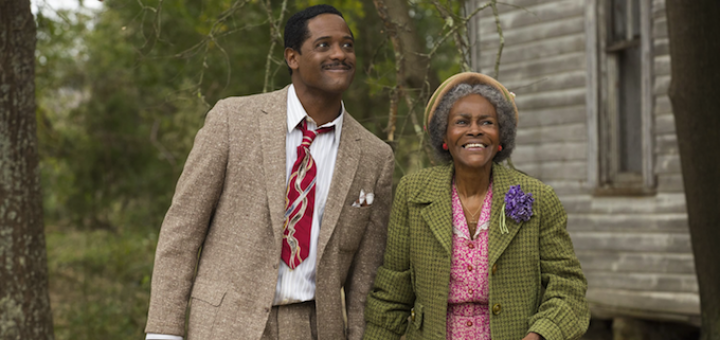Teaching and learning in grades 4-8
Can Pop Culture and Shakespeare Exist in the Same Classroom? The answer is “yes,” says reviewer Judi Holst. All that prior knowledge can help students understand and discuss complex text. The authors show how to make complex text pop.
What do your students need to succeed in close reading? Literacy consultant Nancy Boyles outlines 10 steps in this article, drawn from her recent Corwin book “Closer Reading.” She also includes five questions to consider before students get started.
Your first year? Now’s your opportunity to create a welcoming classroom where students will feel secure, valued and successful in the days ahead. Veteran teacher Cheryl Mizerny shares ideas that have helped her realize a “shiny, happy” place to learn.
Mary Tarashuk shares gems from her history curriculum treasure hunt, all discovered while surfing on the Web during her beach vacation. Her online pirate crew added to her store of resources for the year ahead and helped her strengthen her internet sea legs.
In his final article on smart homework, middle grades teaching expert Rick Wormeli suggests ways to assess take-home assignments and manage the steady flow of “product” that homework requirements generate. Bonus idea: Homework extension certificates.
Shirley McPhillips’ Poem Central invites students to move through poetry that we might not know exactly how to teach and to live with those words on their own terms – not needing us to facilitate all meaning and experience for them, says Jenni Miller.
Movies and television are recognized in the Common Core standards as forms of “text” that deserve serious study. Media literacy expert Frank W. Baker suggests ways that the Emmy Awards might serve as a way to engage students around familiar media.
What happens, wonders teacher & technology coach Emily Vickery, when schools rethink the use of space – “shifting from traditional approaches to an emphasis on participatory spaces that take advantage of learning research and digital technologies?”
In the 2nd edition of Better Learning Through Structured Teaching, Douglas Fisher and Nancy Frey use specific classroom examples and deep knowledge in the field to explain how students can become independent learners. Sarah Cooper says read it now!
Teaching with Text-Based Questions: Helping Students Analyze Nonfiction and Visual Texts is precisely what teachers will need to jumpstart critical thinking, high quality conversations, and tight writing, says reviewer Tess Alfonsin.








































